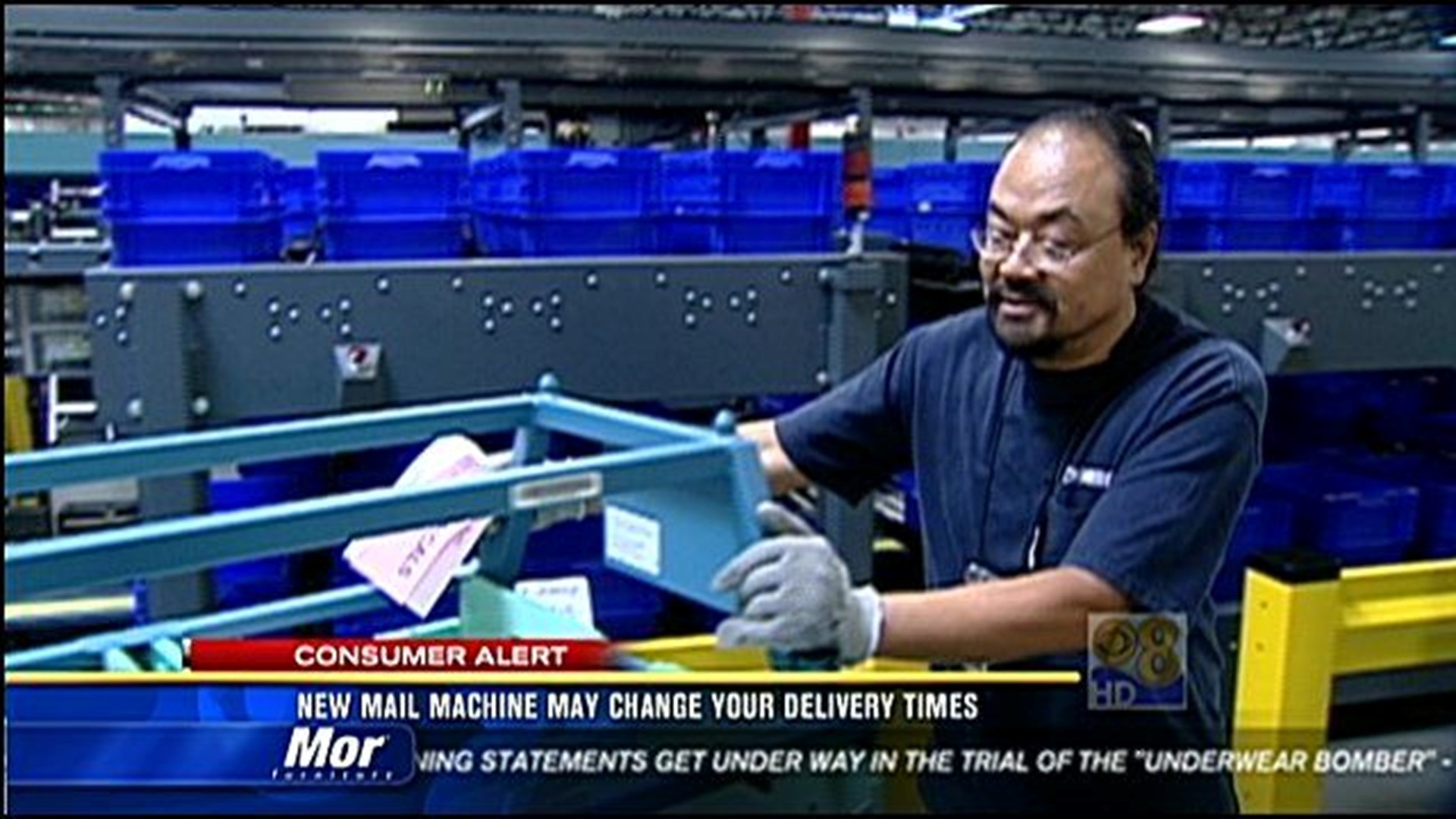SAN DIEGO (CBS 8) - During tough economic times, the U.S. Postal Service calls their new sorting system a billion-dollar idea that will save them time and money. About one-third of San Diego County households and businesses will be affected by the new system.
The postal service is getting lean and mean with the way it delivers bulk mail.
The postal service spent $1 billion researching, testing and building the new process called the Flats Seqencing System, or FSS. Mail carriers used to spend hours sorting through thousands of magazines, but now the flats are simply placed into a machine.
After employees snip the binders off the magazines and load them into crates, the mail isn't touched by human hands again in the sorting process.
"Labor is one of the most expensive things that we have in the postal service. So if we can cut the man hours down, it saves us a huge amount of money," a postal service employee said.
It costs the postal service $115 to manually sort 1,000 magazines, but only $32 to sort the same amount of mail using FSS. The goal is to save $600 million annually nationwide.
"Using technology and automation to save costs is one of our major strategies," Warren Burton of the U.S. Postal Service said.
One hundred of the machines will be installed across the country. The sorting system is so massive the postal service had to build a 70,000-square-foot building just to house it.
The new system is so efficient, one out of three households in the county may get a new mail carrier or drop-off time.
"Don't worry. Things are changing, you may see a different face at a different time, but you'll still receive all of your mail just as you have been in the past," Burton said.
The postal service says the new technology won't lead to layoffs of full-time workers. Instead, they plan on saving money through attrition, reducing overtime and hiring fewer temporary employees.
The new system was put into motion in late August.

